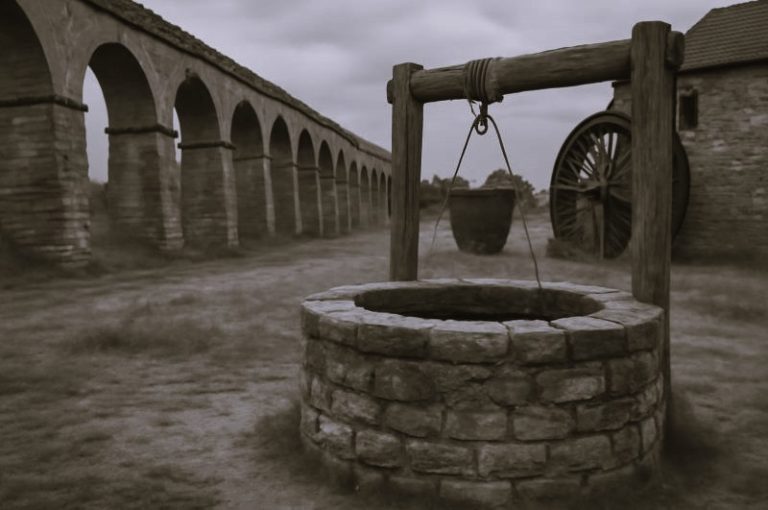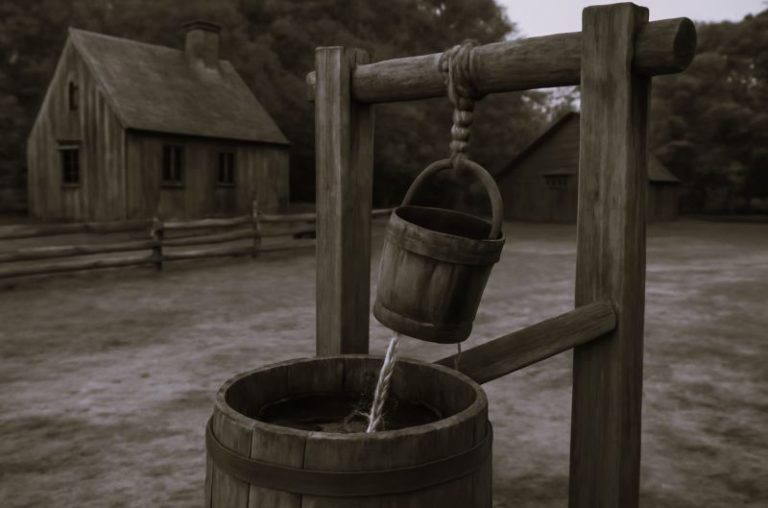

The Third Crusade failed to put Jerusalem back in Christian hands.

By Muzaffar Bhatti
Graduate Student in History
Royal Holloway, University of London
Introduction
In 1187 Outremer (the collective lands conquered by the crusaders) experienced its first major loss since Edessa in 1147 – the loss of Jerusalem at the hands of Saladin. Jerusalem was the primary aim of the First Crusade, and after this event would be the cause of all subsequent major crusades. The following looks at how this event has been portrayed in popularar media and discusses events that encapsulated the Third Crusade.
The Threat of Saladin

Saladin had gathered up much of the Muslim world under his control and was now setting his sights on the Levant. He would call upon the followers of Islam to fight the Franks and his zeal in this manner is well-documented by Muslim chroniclers. Baha ad-Din, who served Saladin until his death, writes that in regards to his eagerness to embark on a holy war against the Franks: ‘Saladin was more assiduous and zealous in this than in anything else.’ This zeal was matched by his counterpart, Richard the Lionheart, who he would face in the upcoming Third Crusade.
The Kingdom of Heaven
Ridley Scott’s Kingdom of Heaven was released in 2005, which takes a cinematic focus on the immediate years before Jerusalem’s loss. The defeat at the Battle of Hattin in 1187 sent ripples through the Latin Kingdom. Balian of Ibelin (the protagonist of the film), portrayed by Orlando Bloom, was charged with the defense of Jerusalem to prepare for the coming army. It held out for 10 days before Saladin’s men gained entrance, marking the end of Latin rule over Jerusalem.
In the film, we see a rather politically correct portrayal of the dynamic between Muslims and Christians. Saladin is the archetypal good guy who, in his pursuit of Jerusalem, is unmovable. He refuses to move against a Jerusalem at strength, instead Saladin opts to attack when the city has suffered the loss of not just one, but two kings, King Baldwin IV and his nephew Baldwin V in quick succession.
The film takes the approach that sets the milieu to be the crusade, and in rather Hollywood fashion, fabricates a relationship between Balian and Sibylla (future queen of Jerusalem). It follows the journey of Balian from a French village to seek atonement in the Holy Land for his wife’s sins (as she took her own life). Neither this nor his relationship with Sibylla is supported by any historical sources as he was a prominent figure in the Holy Land.
The workings between the Muslims and Christians also appear to have been cinematized for a modern era, one where Balian shows sympathies towards an understanding of Islam. While understanding the opposite religion would have been a likely endeavor, Balian’s sympathies towards Islam and its followers would perhaps not have extended to Balian working alongside his Muslim subjects.
Barbarossa’s Ill-Fated Crusade

The loss of Jerusalem was met with a rather swift response and, contrary to popular belief, it was not Richard the Lionheart (of England) and Philip Augustus (of France) that were the first to take the cross. Following Pope Gregory VIII’s Audita Tremendi (a papal bull calling for a new crusade in 1187), it was in fact the Holy Roman Emperor Frederick Barbarossa who set out in 1189 for the Holy Land. Within a year, however, his army had fallen apart due to his untimely death. While a small number of his army did make it to the Holy Land under his son, Frederick of Swabia, his commands were largely ineffective.
It is worth considering a possible counterfactual history here. The Third Crusade failed to recapture Jerusalem but it is entirely possible that had Barbarossa not died, and his army not disintegrated, the outcome of the Third Crusade might have been different. Jonathan Phillips argues that many of the problems that faced the crusade in regards to leadership and authority might have been avoided had Barbarossa survived. Philips also highlights the impact that the German army might have had on the expedition – the Battle of Hattin, for example, had only around 1300 Frankish knights, Barbarossa’s men (whose knights numbered around 3000) would have tilted the numbers in the Franks’ favour.
Richard the Lionheart and Philip Augustus’ Crusade

The first attack in Outremer was at Acre, which the crusaders swiftly besieged alongside King Guy of Jerusalem. Guy besieged Acre from 1189 and it was only when Richard and Philip arrived at Acre in the middle of 1191 that progress was made to overthrow the Muslim garrison. Once conquered, Richard set his sights on Jaffa, a town that would be the base for the march on Jerusalem. It must be noted that after the Siege of Acre, Philip left the Holy Land for France in poor health.
The Battle of Arsuf (1191) is perhaps the greatest example of Richard’s military skill. Having forbidden his men to entertain the everlasting provocations from Saladin’s army, two men broke rank and charged. This was make or break for Richard: would he preserve his army’s formation or would he use the full force of his army to support the attack? He chose the latter, an option that ensured his force did not become divided and which caused the retreat of Saladin’s army.
The crusading army never made an attack on Jerusalem. It failed twice in its attempts to march on the city. This was due to the important fact that had they captured the holy city, it would have been impossible to hold. Instead, Richard suggested an attack on Egypt as this would critically injure the strength of Saladin and ensure a geographically safe Jerusalem. However this was unpopular among the crusaders who wished to fulfil their vow to visit the city of the Holy Sepulchre, thus ending the crusade.
The Truce

Once it had been decided that an attack on Jerusalem was not imminent, the crusading army began preparations to return home. However, Saladin was not finished, and in July 1192, stormed Jaffa. Upon hearing this news, Richard sailed immediately for Jaffa to release it from Saladin’s control. Richard here showcased his ferociousness in his defense of the Holy Land; he himself waded through the water to attack the Muslim army on foot. The army was pushed back and Jaffa was secured for a second time.
Within a month a truce had been agreed between Richard and Saladin, one that was welcomed by both parties as political problems arose on both sides. It allowed the Christians to maintain control of the coastline while the Muslims kept Jerusalem. However an important aspect of the truce was that Christian pilgrims were able to visit Jerusalem.
A Failure?
Was the Third Crusade, in its plain aim to get back Jerusalem, a failure? Yes, it failed to put Jerusalem back in Christian hands. However, this ignores the greater impact of the Third Crusade, one that allowed future crusades to be a possibility. It provided the Levant with a newly refortified kingdom, one that would continue to hold on until 1291. It also did much to damage the morale of the Muslims, as irrespective of the failure to recapture Jerusalem, Saladin experienced major losses at the hands of the crusading army. Saladin would die in the early months of 1193, changing the dynamic and causing political cracks in the Islamic world.
The next crusade, the controversial Fourth Crusade, was an attempt to fulfill Richard’s wish to take Jerusalem via an expedition through Egypt. However, not only did it fail to reach Jerusalem, it also failed to traverse Egypt. It’s destination was one of a much more controversial nature.
References
- Phillips, J. (2014) The Crusades: 1095-1204. 2nd edn. London and New York: Routledge.
- Gabrieli, F. (1989) Arab Historians of the Crusades. New York: Dorset Press.
Originally published by History to the Public, 08.03.2015, under the terms of a Creative Commons Attribution-NonCommercial-NoDerivatives 4.0 International license.






